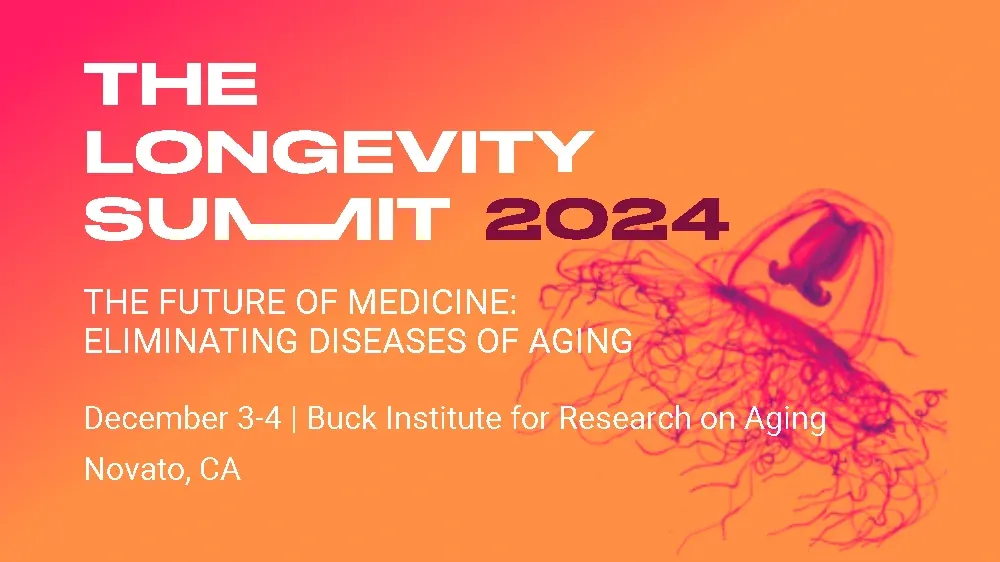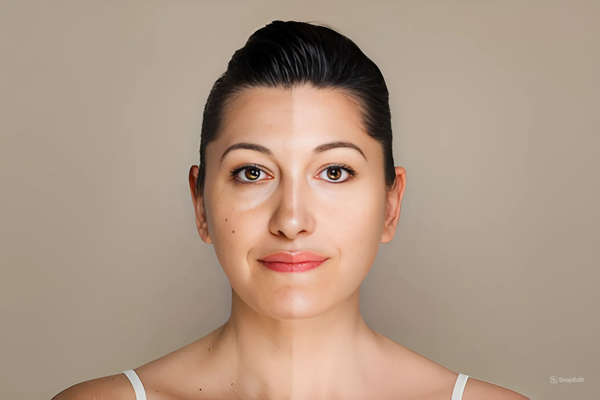Highlights from the Longevity Summit 2024
The Longevity Summit 2024 showcased groundbreaking research and innovations aimed at extending healthy human life. Experts from across the globe shared insights into tackling aging through diverse approaches like AI-powered tools, biological age clocks, and cell reprogramming.

In December, the Buck Institute for Research on Aging hosted the Longevity Summit, bringing together experts passionate about extending healthy human life. Organized by Longevity Global under Dr. Christin Glorioso, the event shared exciting new ideas to redefine aging. Here is a summary of the event's highlights, simplified for clarity and understanding.
Innovations in Understanding and Measuring Aging
Calico, backed by Google, is leading innovative efforts to understand aging. By studying vast amounts of health data, such as the UK Biobank, Dr. Madeleine Cule's team is identifying early markers of age-related diseases. One of their significant breakthroughs involves using body imaging to detect changes in organ health, which could predict conditions like heart disease. Advanced tools and AI are making it easier to develop treatments that target these early signs, paving the way for more precise interventions.
Another intriguing topic was biological age clocks, explained by David Fuhrman of the Buck Institute. These tools measure how old our bodies are biologically, often differing from our chronological age. By focusing on inflammation and other biological processes, these clocks can help doctors identify potential health issues early. Fuhrman also emphasized improving these tools to offer personalized guidance for staying healthy longer.
The brain’s role in aging was explored by Dr. Ashley Webb, who highlighted the importance of the hypothalamus, a part of the brain that manages functions like hunger and sleep. Her research revealed fascinating differences in how male and female brains age and identified a key gene that changes significantly in women. Webb’s team has also developed tools to track brain aging, opening doors to interventions that could help keep the brain youthful.
New Therapies and Approaches to Aging
Cell reprogramming was another exciting area of research, presented by Vittorio Sebastiano from Stanford. His team is working on treatments that can rejuvenate specific cells, such as immune and muscle cells, to restore their youthful function. Instead of treating the entire body, their approach targets only the cells that need it, which could lead to safer and more effective therapies for age-related conditions.
UNITY Biotechnology brought hope to people with vision problems. Mike Sapieha shared how their new treatment removes damaged cells in the eye, allowing healthy ones to regenerate. In trials, many patients saw significant improvements, with some regaining the ability to perform daily tasks like driving. This innovation could revolutionize how we treat age-related vision loss.
Dr. Christin Glorioso addressed the challenge of brain aging, emphasizing that many age-related changes in the brain begin much earlier in life than we think. Her team has developed simple tests to predict brain aging and provide actionable lifestyle recommendations. Small changes, like regular exercise and eating more fish or nuts, can slow brain aging and improve cognitive health. Glorioso’s work highlights how much control we have over our aging process through lifestyle choices.
Professor Lorna Harries introduced a new perspective on aging at the cellular level. She explained how a process called splicing, which helps cells create proteins, becomes less efficient with age. Her team’s therapies aim to restore this process, reducing the damage caused by aging cells. Early successes in treating lung diseases suggest these methods could be applied to other age-related conditions as well.
Key Takeaways
The Longevity Summit 2024 highlighted how diverse approaches—from using AI to reprogramming cells—are converging to tackle aging. These discoveries suggest a future where aging could be slowed or even reversed. As Dr. Glorioso aptly stated, “Forty percent of how fast you age is within your control. The choices you make today can shape your future.”
By focusing on better nutrition, exercise, and mental engagement, small daily actions can lead to a healthier and longer life. The innovations shared at this summit represent a bold step toward redefining what it means to grow older.





